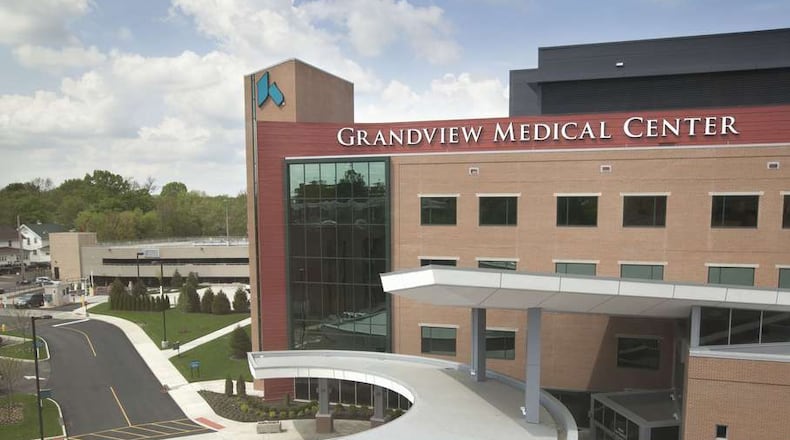Statewide, total uncompensated care costs — which include charity care plus the cost for patients who are unable or unwilling to pay — declined 64 percent from $1.2 billion before Medicaid expansion in 2013 to about $433 million this year, according to Ohio Medicaid. At the same time, Ohio hospitals saw their Medicaid shortfall inch up a mere 2 percent to about $490 million.
Officials attribute the decline to greater use of the Affordable Care Act and an expansion of Medicaid that has increased access to care for more than 600,000 previously uninsured Ohioans.
“It’s basically a wash,” said Mike Sims, vice president and corporate controller for Premier Health, referring to the decline in charity care costs compared to the hospital’s Medicaid shortfall — or the difference between what Medicaid reimburses hospitals for providing care and the costs of treating Medicaid patients.
Premier’s Medicaid shortfall increased by a whopping $14 million from $73.7 million in 2014, the first year of Medicaid expansion in Ohio, to $87.7 million last year, according to figures provided by the network. However, charity care costs nosedived by a commensurate $13.9 million.
Results vary by hospital, with some hospitals essentially breaking even while others rake in windfall profits as a result of charity cost savings, based on figures from the Ohio Department of Medicaid.
Medicaid expenses continue to grow despite enhanced reimbursements from the federal government for those covered by expanded Medicaid because reimbursements cover only a fraction of the actual cost of care. Still, health care reform has kept those costs in check while allowing many of the communities poorest and sickest residents to seek the help many desperately need.
“The Affordable Care Act (ACA) was a good thing,” Sims said. “It gave people access to insurance, and having that access gave them the opportunity to access services that they may not necessarily have used in the past.”
The ACA is composed of two main parts: Expansion of the Medicaid program to allow states to cover families with incomes less than 138 percent of the federal poverty level; and federal or state-regulated health insurance marketplaces, sometimes referred to as an exchanges, that provide subsidized coverage without job-based health insurance and not eligible for Medicaid.
While more Ohioans are covered by Medicaid expansion than the marketplaces by about a 3-1 ratio, the marketplaces have also played a key role in driving down hospital expenses, according to Todd Anderson, executive vice president of finance for the Kettering hospital system.
“At times, we see the same patient covered by a commercial product through the exchange that may have been covered by a Medicaid product,” Anderson said. “We see our community members regardless of their insurance. Our growth has enabled us to produce some excess revenue over expenses.”
From 2013 to 2014 — the first full year of ACA implementation — Kettering hospitals saw their charity care costs decline by $17.4 million, or 57 percent, from $30.5 million to $13.1 million — wiping out a $600,000 increase in Medicaid shortfall over the same period, according to figures from the network’s annual report. Kettering officials declined to break out charity care and Medicaid shortfall numbers for 2015.
Anderson was quick to point out that any net gain in savings from reduced charity care costs is poured back into the community in the form of new facilities and services. But that keeps costs growing, which means the charity cost savings only mitigates overall cost increases, he said.
“When I think about what we call our bottom line…obviously, what you see is a bottom line that continues to add value to our community,” Anderson said. “Medicaid expansion has helped. But at the end of the day, that Medicaid payment — although it’s something more than we received if that member didn’t have any funding — is still a shortfall to our costs.”
As a result, Kettering is constantly looking at ways to operate more efficiently, Anderson said. That’s a smart strategy when you consider the fate of Medicaid expansion is still uncertain.
Donald Trump, the Republican candidate for president, has repeatedly vowed to repeal and replace the ACA, which would impact 30 states, plus Washington, D.C., which have expanded Medicaid coverage under the law.
Even if Trump is not elected and federal funding remains in place, the Supreme Court has left Medicaid expansion up to the states. And that means Ohio legislators will have to decide next year whether to pick some of the cost of expansion, which, so far, has been fully paid for by the federal government.
About the Author
